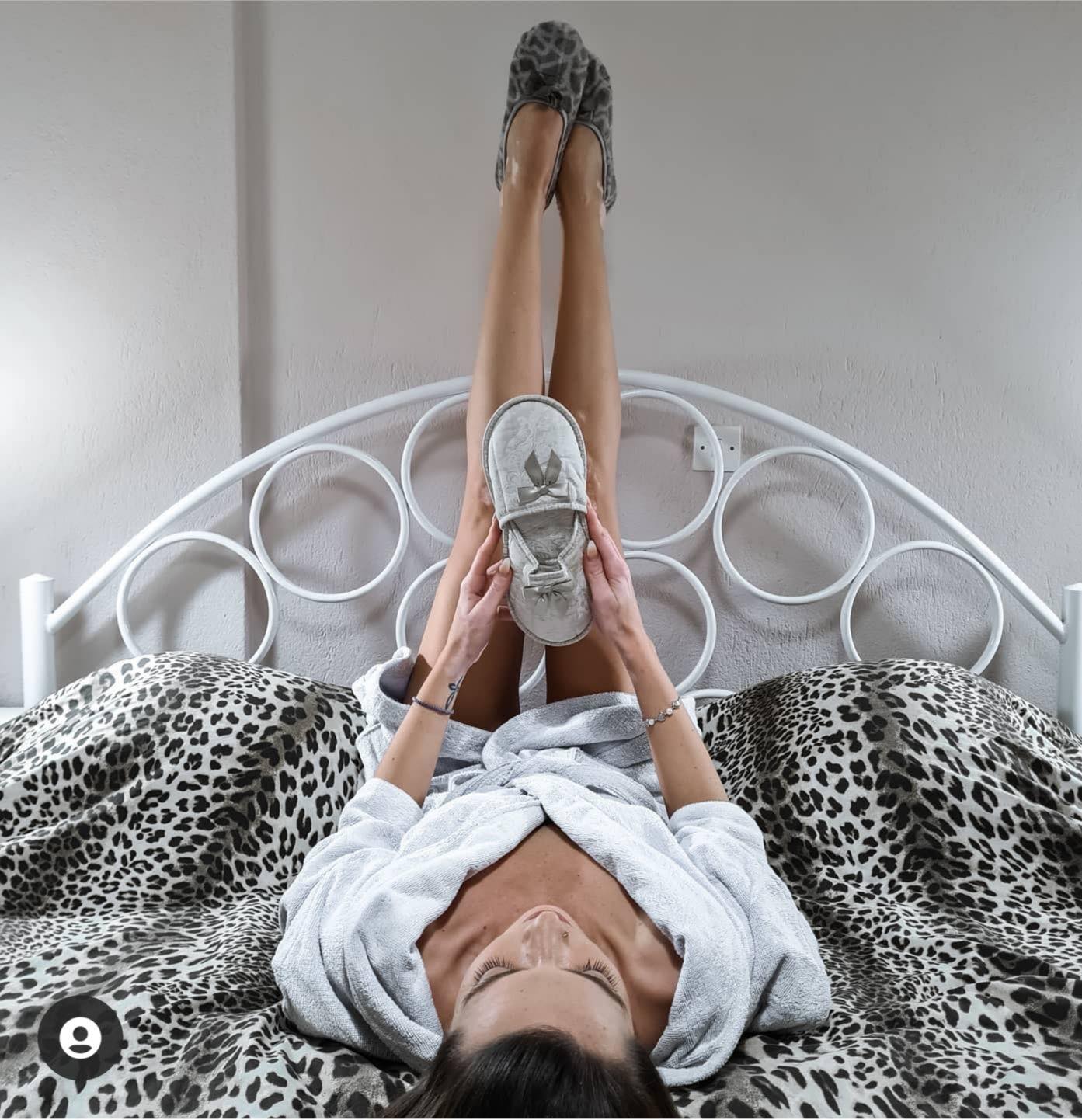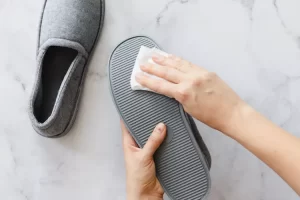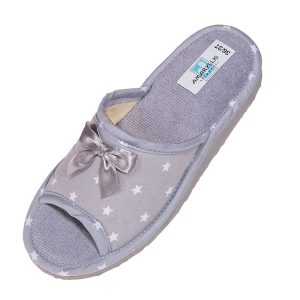![]() Ελληνική Βιοτεχνία
Ελληνική Βιοτεχνία


Γιατί οι παντόφλες κάνουν το πιο ιδανικό δώρο;
Έχετε αναρωτηθεί ποτέ γιατί οι παντόφλες κάνουν τα πιο ιδανικά δώρα; Τίποτα δεν είναι καλύτερο από το να κάνεις ένα υπέροχο δώρο. Αυτό το χαμόγελο στο
![]() Ελληνική Βιοτεχνία
Ελληνική Βιοτεχνία










Έχετε αναρωτηθεί ποτέ γιατί οι παντόφλες κάνουν τα πιο ιδανικά δώρα; Τίποτα δεν είναι καλύτερο από το να κάνεις ένα υπέροχο δώρο. Αυτό το χαμόγελο στο


Αν και συχνά παραβλέπονται, οι παντόφλες σας μπορεί να περνούν περισσότερο χρόνο στα πόδια σας από οποιοδήποτε άλλο υπόδημα που έχετε. Το να φοράτε παντόφλες σε


1. Επιλέγω προϊόντα κατασκευασμένα από υλικά υψηλής ποιότητας: Οι παντόφλες μας κατασκευάζονται από πετσέτες και υφάσματα από 100% οργανικό βαμβάκι, σατέν υφάσματα και σόλες gel
Τέλεια προϊόντα
Γρήγορη, άμεση παράδοση, ποιοτικές παντόφλες! Θα ήθελα να υπάρχει σαν επιλογή αποστολής το BOX, ώστε να μπορούσα να αποφύγω το σχετικά υψηλό κόστος παράδοσης των 3€ από Ηράκλειο-Πετρούπολη..Σας ευχαριστώ!
